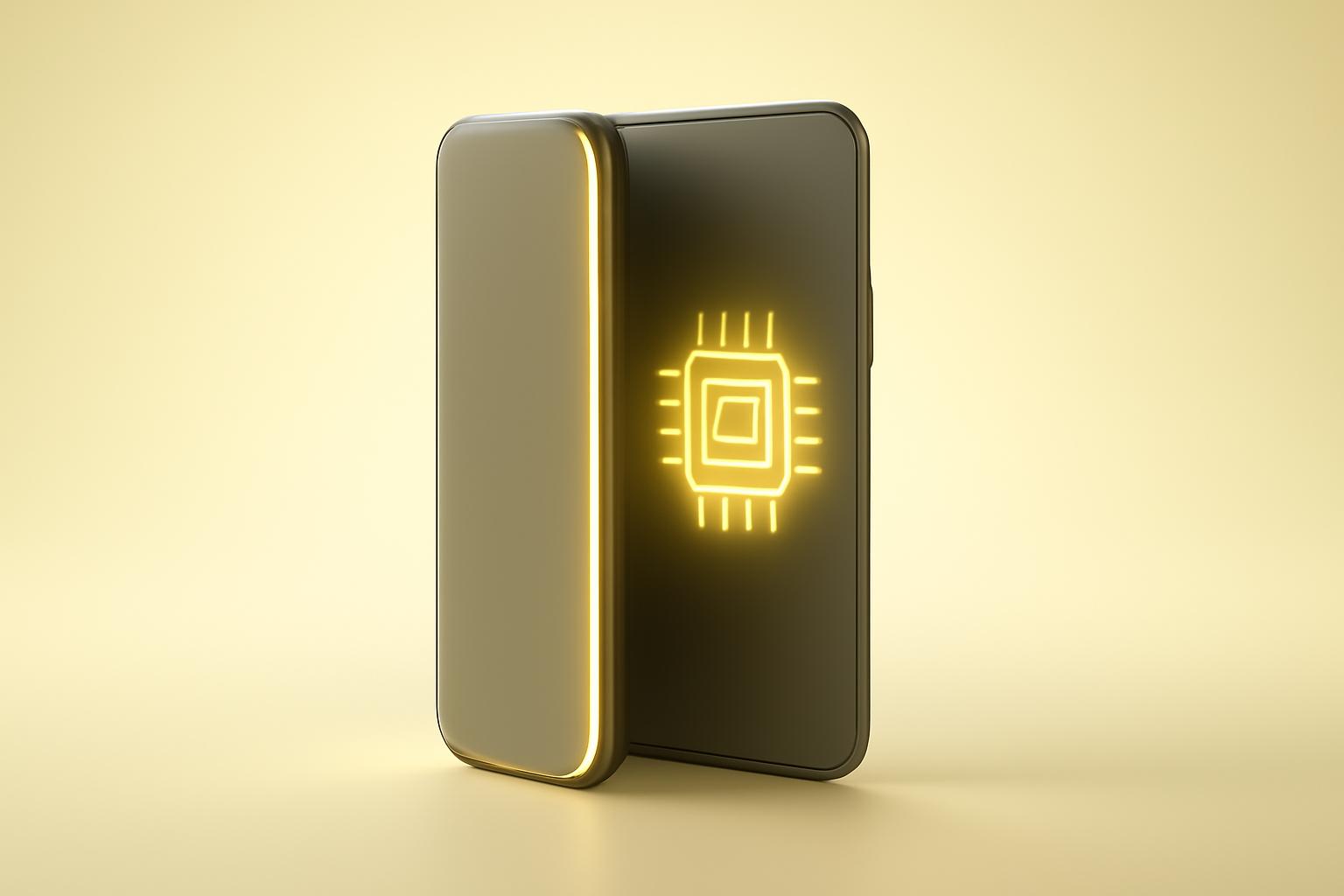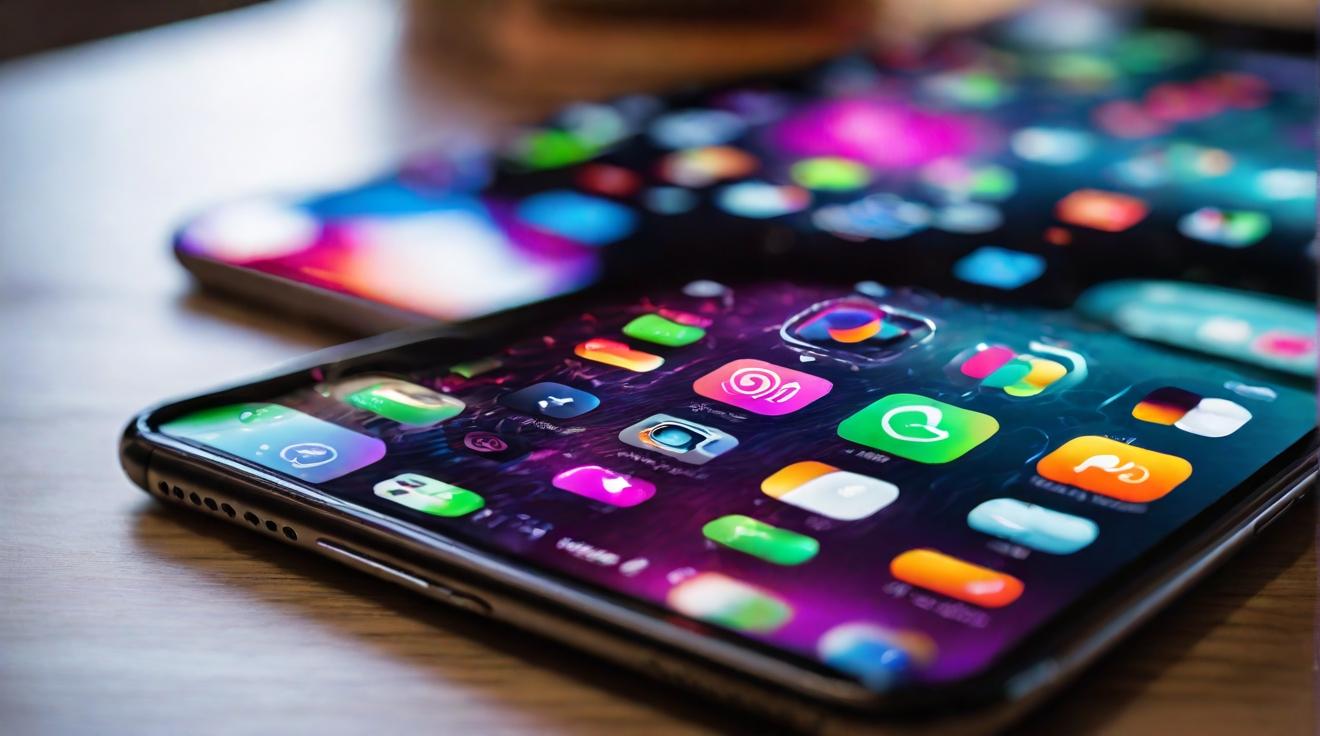Apple Introduces iPhone Air, Signaling New Directions in Smartphone Design
At its latest hardware event, Apple unveiled the iPhone Air, a device distinguished by its remarkably thin 5.6mm profile and a 6.5-inch display. While visually striking, the Air currently offers less battery longevity and fewer camera features compared to the base iPhone 17, raising questions about its suitability as a daily primary device.
The iPhone Air’s battery supports up to 27 hours of use, falling short of the iPhone 17’s 30-hour capacity. It also omits the iPhone 17’s ultrawide camera and macro photography capabilities. Pricing starts at $999, which is 22% higher than the $799 base iPhone 17, and only slightly less than the $1,099 iPhone 17 Pro.
Efficiency and Internal Innovation Drive the Air’s Design
Apple positions the iPhone Air as its most power-efficient handset to date, underscored by the integration of multiple in-house chips. These include the A19 Pro processor with a 5-core GPU, the N1 wireless networking chip, and the newly developed C1X cellular modem, which offers faster connectivity than its predecessor while consuming 30% less power.
Such silicon-driven design enables Apple to address performance and battery challenges integral to modern smartphones, especially as capabilities in photography, videography, and artificial intelligence continue evolving. However, the Air’s current battery life remains a limiting factor, underscoring ongoing constraints in battery technology advancement relative to other components.
To mitigate this, Apple encourages the use of MagSafe battery attachments, which complement the Air’s slimmer form factor. The company highlights that battery life improves when a MagSafe battery remains connected, signaling a shift in user habits toward external power solutions.
Design Elements Hint at Future iPhone Form Factors
The iPhone Air introduces new design features such as Ceramic Shield 2 on its back and a horizontal camera bar reminiscent of Google’s Pixel phones. These elements have already influenced the iPhone 17 Pro’s design language, suggesting a trickle-down effect within Apple’s product lineup.
Industry speculation suggests the Air could evolve into Apple’s baseline model, with the Pro series catering to power users, thereby creating space for innovative devices like a foldable iPhone. Apple’s focus on efficiency and modular design in the Air supports this trajectory, reflecting a broader industry interest in foldable and flexible smartphones.
Conclusion
While the iPhone Air currently sacrifices some functionality and battery endurance relative to other models, it represents a strategic move by Apple to explore new design paradigms and optimize hardware performance. The lessons learned from the Air’s development will likely influence future iPhone generations and may accelerate the company’s entry into foldable technology.
FinOracleAI — Market View
Apple’s iPhone Air introduces a fresh design approach emphasizing efficiency and internal innovation, which may positively influence the company’s competitive position in premium smartphones. However, current compromises in battery life and camera features could limit immediate consumer adoption. Investors should monitor user reception and how Apple leverages Air’s design learnings in upcoming models, especially potential foldables, which represent a significant growth opportunity.
Impact: neutral













